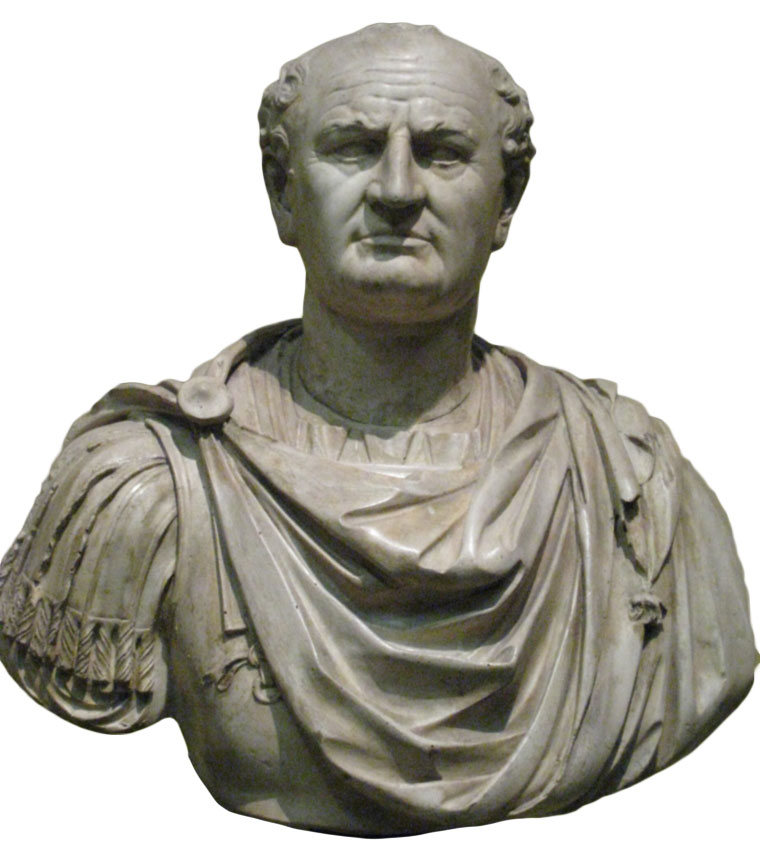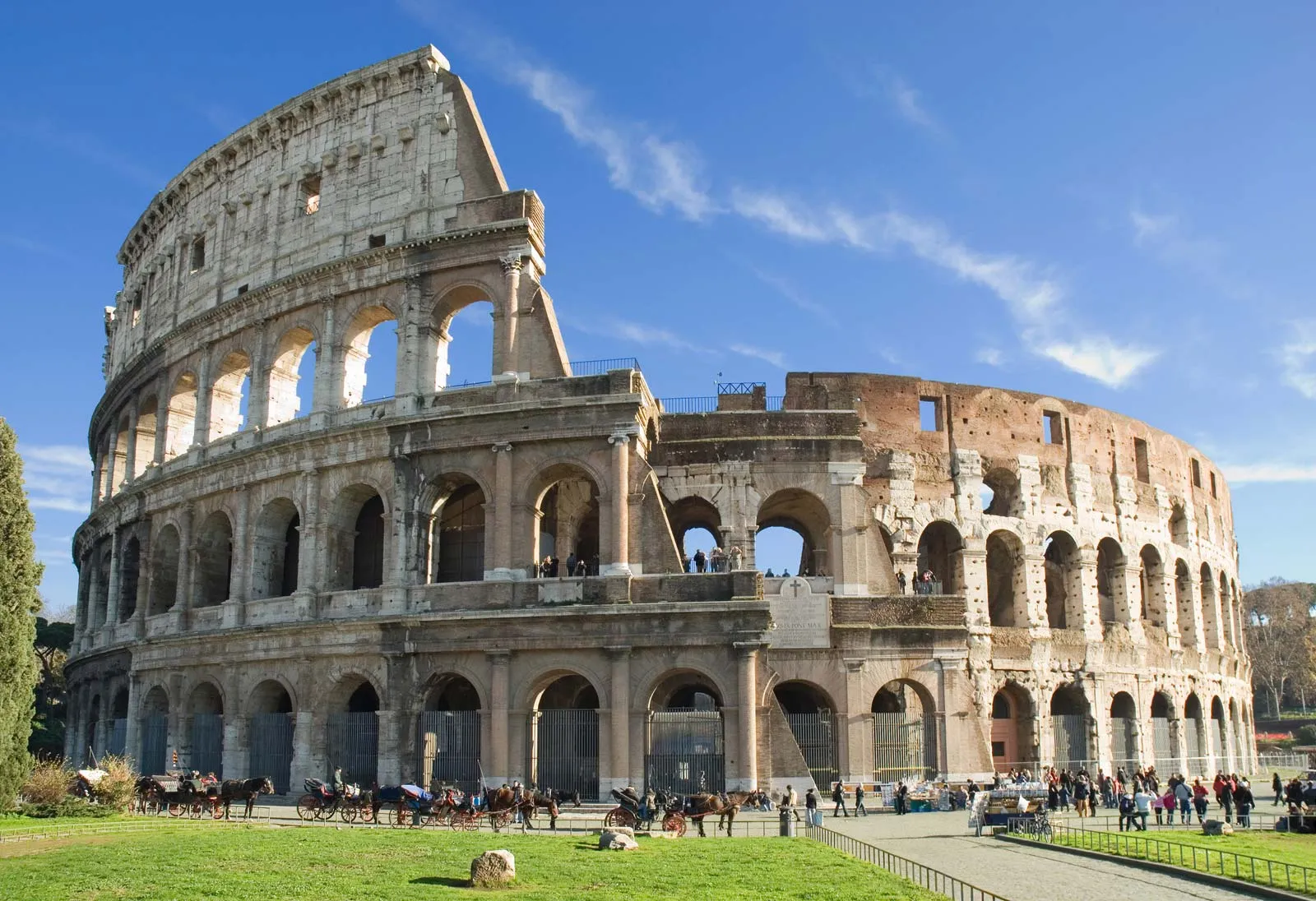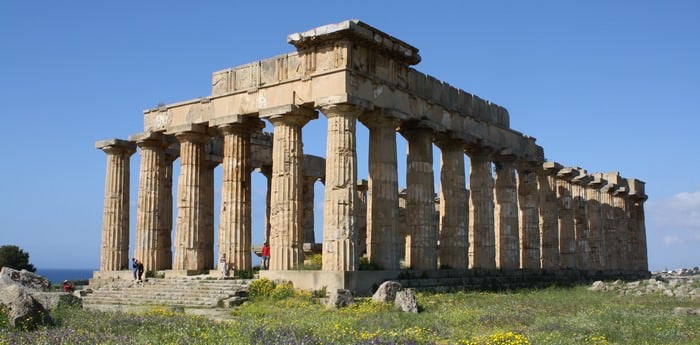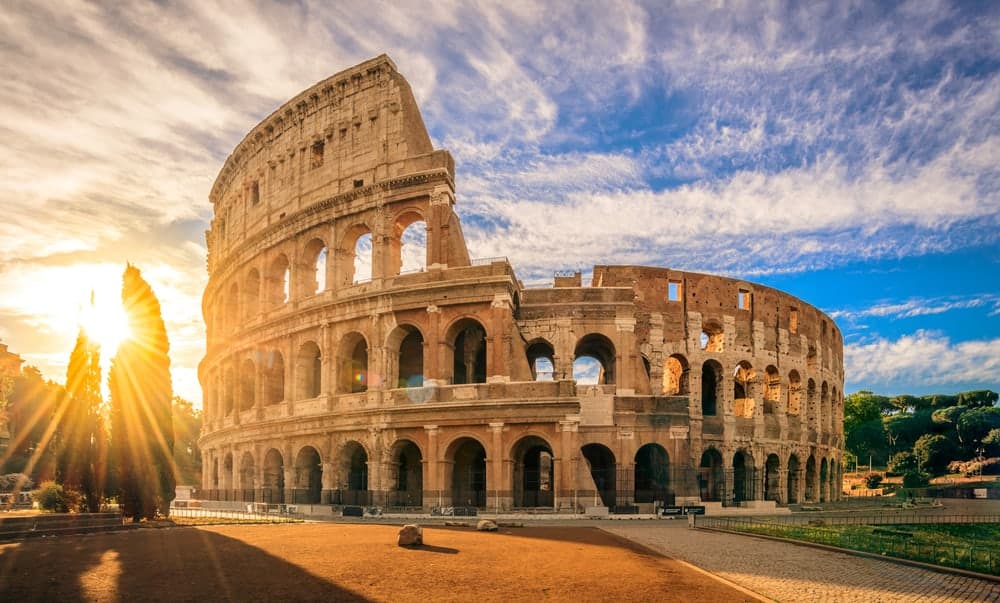Definitely Italy’s most iconic structure, the Colosseum draws around 4 million visitors to the city of Rome each and every single year. However, how much do you truly understand about it? Here are a number of facts about the Colosseum that you might not have heard before.
When Was The Colosseum Built?
The Colosseum was constructed between 72 AD and 80 AD under the Emperor Vespasian in the heart of Ancient Rome. Built from stone and concrete, this stunning monument was built with the power of tens of thousands of slaves.

The Colosseum Was Officially Dedicated In 80 CE By Titus
This was done in a ceremony that included 100 days of games. Later, in 82 CE, Domitian finished the work by adding the topmost story. As opposed to earlier amphitheatres, which were almost all dug into convenient hillsides for additional support, the Colosseum is a freestanding structure – as we said previously – of stone and concrete, utilising a complex system of barrel vaults and groin as well as measuring 620 by 513 feet (189 by 156 metres) overall.
Three of the arena’s stories are circled by arcades that are framed on the exterior by engaged columns in the Doric, Ionic, and Corinthian orders. The structure’s rising arrangement of columns became the basis of the Renaissance codification that was known as the assemblage of orders. The main structural framework and facade are travertine, the secondary walls are volcanic tufa, and the inner bowl and the arcade vaults are made of concrete.
When The Colosseum Was First Designed There Was No Floor
This means that all events happened on the ground in the very centre of the amphitheatre. Later on, a wooden floor was installed, which at the time was very revolutionary.
The floor’s pioneering design had poles that went into holes in the ground that held them up. After this, wooden boards were placed on the poles so forming a makeshift floor. Then the floor was covered in sand in order to make it appear as if it was the natural ground. Beneath this suspended floor led a maze of rooms and corridors where performers and acts were able to prepare and animals were kept. The animals which were brought to fight in the arena included big cats such as lions and tigers, rhinos, crocodiles and bears.
Also, the building had hand-operated lifts that ran from the basement right up to the top of the area. These slave-operated elevators were how they would transport performers and animals into the arena.
Free Entry For Ancient Romans
As opposed to when visiting an arena for a sporting or music event these days, entry into the Colosseum was free for ancient Romans. Not only that, but they were fed throughout the event! It is said that the emperors did this to gain popularity all throughout the Roman empire. Free entry and food were necessary as events could last for up to 100 days at the Colosseum. Hours were spent there every single day, enjoying the spectacles that were as fun as the online CA slots we play today.



